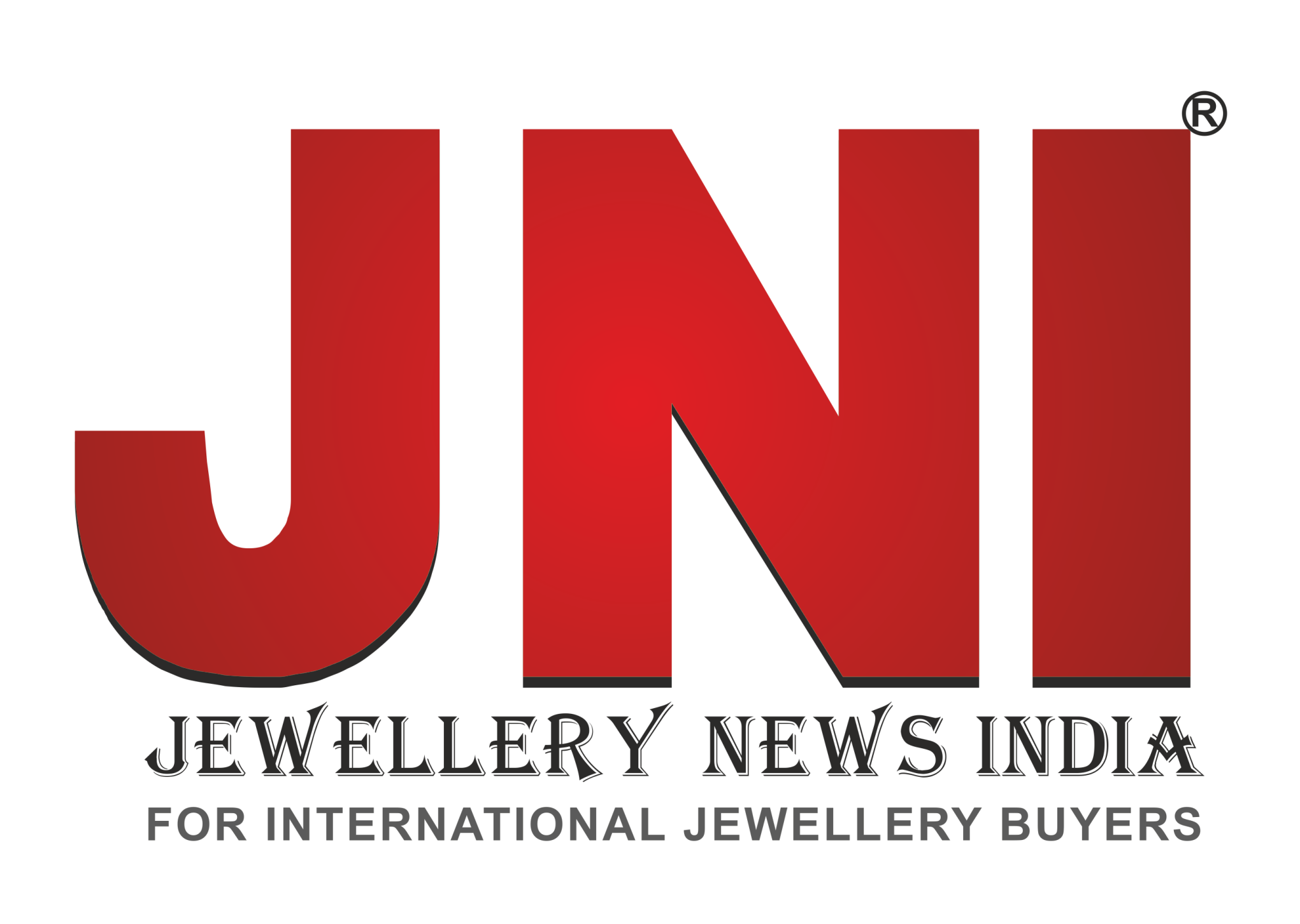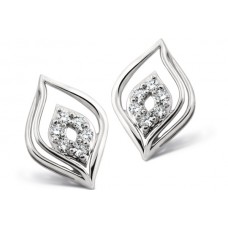Platinum demand drops by 8% in Q2 2018
According to the World Platinum Investment Council (WPIC) 2018 Q2 Platinum Market Review, global platinum demand contracted by 8% year-on-year to 1,780 koz in the second quarter this year. The largest decline was seen in investment demand which swung from positive in Q2’17 (+100 koz) to negative in Q2’18 (-5 koz).
As outflows from ETFs more than outweighed solid bar and coin demand, Automotive demand fell year-on-year (-40 koz), while jewellery demand was unchanged and industrial demand improved (+30 koz). Total platinum supply increased marginally to 2,120 koz, as total mining supply grew by 1% (+10 koz) and platinum recycling was flat year-on-year. With demand weakening and supply little changed, the market had a surplus of 340 koz.
Supply of refined production increased by 1% (+20 koz) year-on-year to 1,575 koz in the second quarter of 2018. South African supply grew by 3% year-on-year to 1,125 koz, partly owing to reduced capacity in the prior year period for shaft repair work, but also increased volumes from a shaft in ramp-up phase mining of a high-grade area at a major operation and improved concentrator through put and recoveries during the quarter.
Growth in refined production was 25 koz lower in Q2’18 due to lower mining capacity as a result of shaft closures in 2017. Production from Zimbabwe decreased by 12% year-on-year to 110 koz as a result of built-up pipeline material processed in Q2’17. Combined output from North America, Russia and other regions remained stable year-on-year at 340 koz. There was a net 65 koz reduction in producer inventory during the quarter, which lifted total mining supply to 1,640 koz (+1% year-on-year).
Platinum recycling recovered 480 koz of metal in Q2’18, unchanged from the same quarter last year, but an increase from the first quarter of 2018. Autocatalyst recycling rose 5% (+15 koz) year-on-year to 345 koz as throughput volume grew. The Q2’18 average price of scrap steel was the highest since 2014 and resulted in a good flow of autocatalysts as scrap yards increased their vehicle throughput.
Recycling of platinum jewellery fell 15 koz from Q2’17, exactly offsetting the growth in autocatalyst recycling. The local price of platinum dropped in China and Japan in Q2’18 which resulted in lower returns of jewellery metal.
Jewellery demand:
Platinum demand from jewellery fabricators was 590 koz in the second quarter of 2018, flat year-on-year as a decline in demand from China was offset by modest growth spread between all other regions. Platinum jewellery continues to lose out to yellow and white gold in China as consumers’ tastes change.
The jewellery market remains challenging as total jewellery retail sales in mainland China dropped 10% year-on-year in Q2’18, but rose 23% in Hong Kong. A weak Hong Kong dollar relative to the Chinese Yuan resulted in favourable prices which attracted a high volume of price-conscious tourists from the mainland in a typically weak period for travel.
Indian jewellery demand saw relatively small growth compared to other quarters as Adhik Maas occurred in Q2’18, an inauspicious period which reduced wedding-related sales, and Q2’17 provided a high base due to purchasing ahead of the introduction of the Goods and Services Tax. US demand was strong, aided by the lower platinum price, and imports of solid platinum metal were at the highest level in H1’18 since before 2010, up 4% year-on-year.
While European sales have not seen the same level of growth as those in the US, hallmarking figures are showing that platinum is expanding its market share as the platinum price fell further than the gold price, increasing platinum’s discount to gold.
Investment demand was -55 koz in the second quarter, as outflows from ETFs outweighed another solid quarter for bar and coin demand, while exchange stock holdings were unchanged. Global ETF holdings dropped by 125 koz in Q2’18 as all regions saw net sales.
The decline was largest in the US where ETF holdings fell by 59 koz, followed by South Africa with net sales of 30 koz. In the UK, ETF holdings slipped by 20 koz and Swiss investors reduced their ETF holdings by 14 koz.
Bar and coin demand was 70 koz in Q2’18. During the quarter the price of platinum fell further which encouraged Japanese investors to purchase more platinum bars than in Q1’18.
However, there was evidently some reluctance to keep buying at the same pace as in previous years since, although the price was also lower year-on-year, purchases declined year-on-year. The US Mint released an additional 10,000 one ounce platinum American Eagle bullion coins in Q2’18 which also helped to contribute to the positive quarter.




